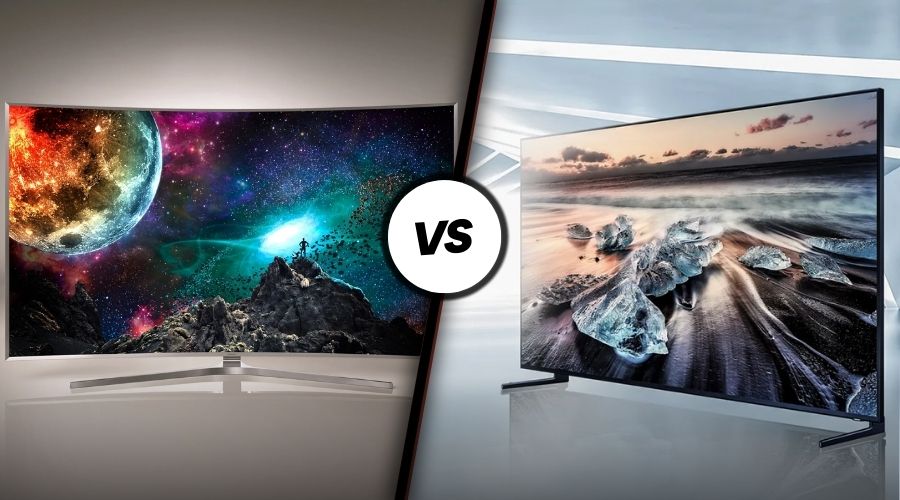Samsung 4K vs. 8K TV comparison: Which Samsung TV Should You Buy in 2025?
Looking for the best Samsung TV in 2025? The tech world is buzzing about 8K TVs, and Samsung is leading the way with cutting-edge displays that promise unbeatable clarity, smooth performance, and AI-powered upscaling. But let’s be real—does anyone actually need an 8K TV right now? Sure, it sounds futuristic, but with 4K still dominating the market, it’s time to figure out whether the upgrade is worth the hype or just a ridiculously expensive flex. This detailed Samsung 4K vs. 8K TV comparison will help you decide.




